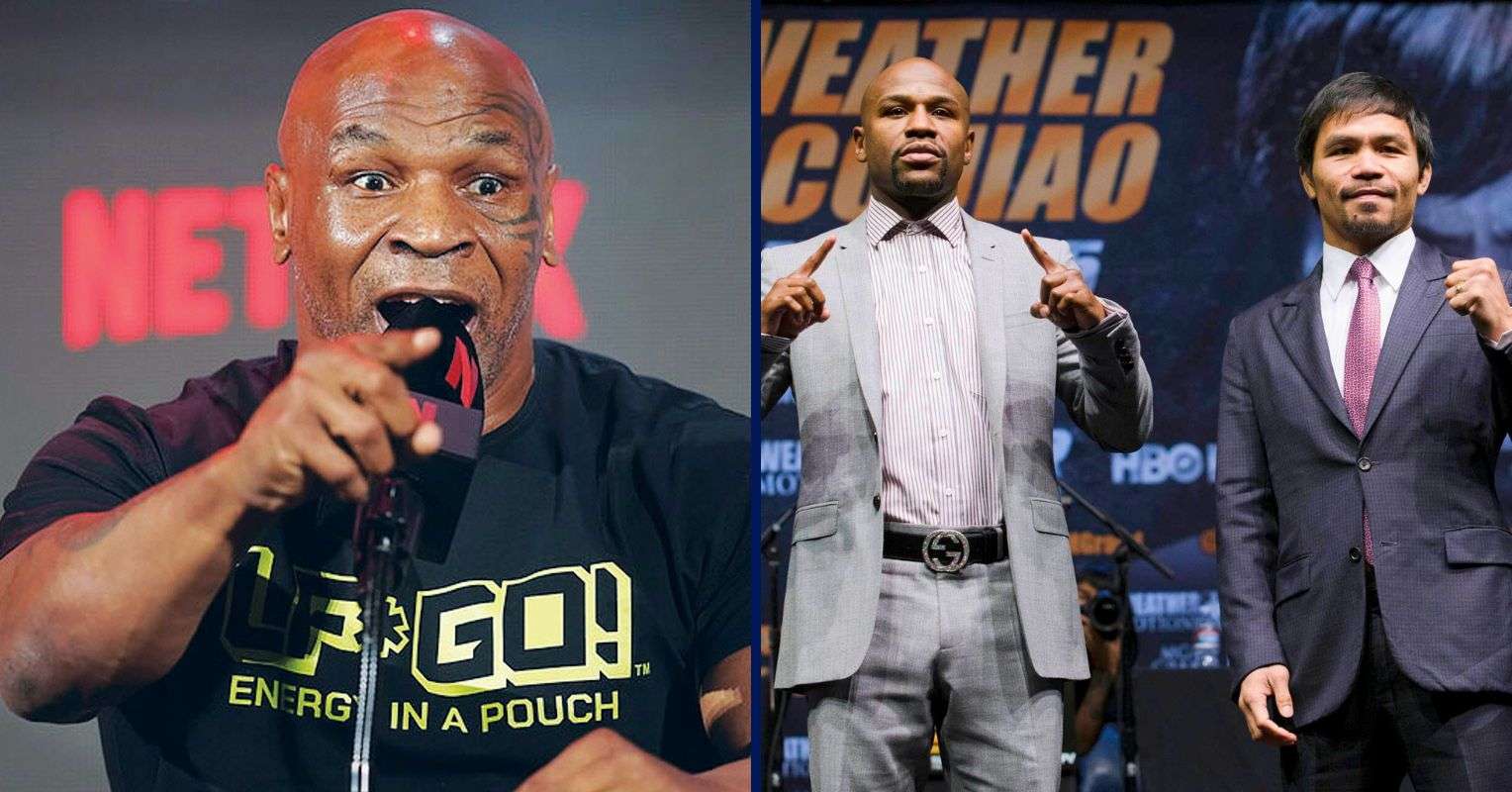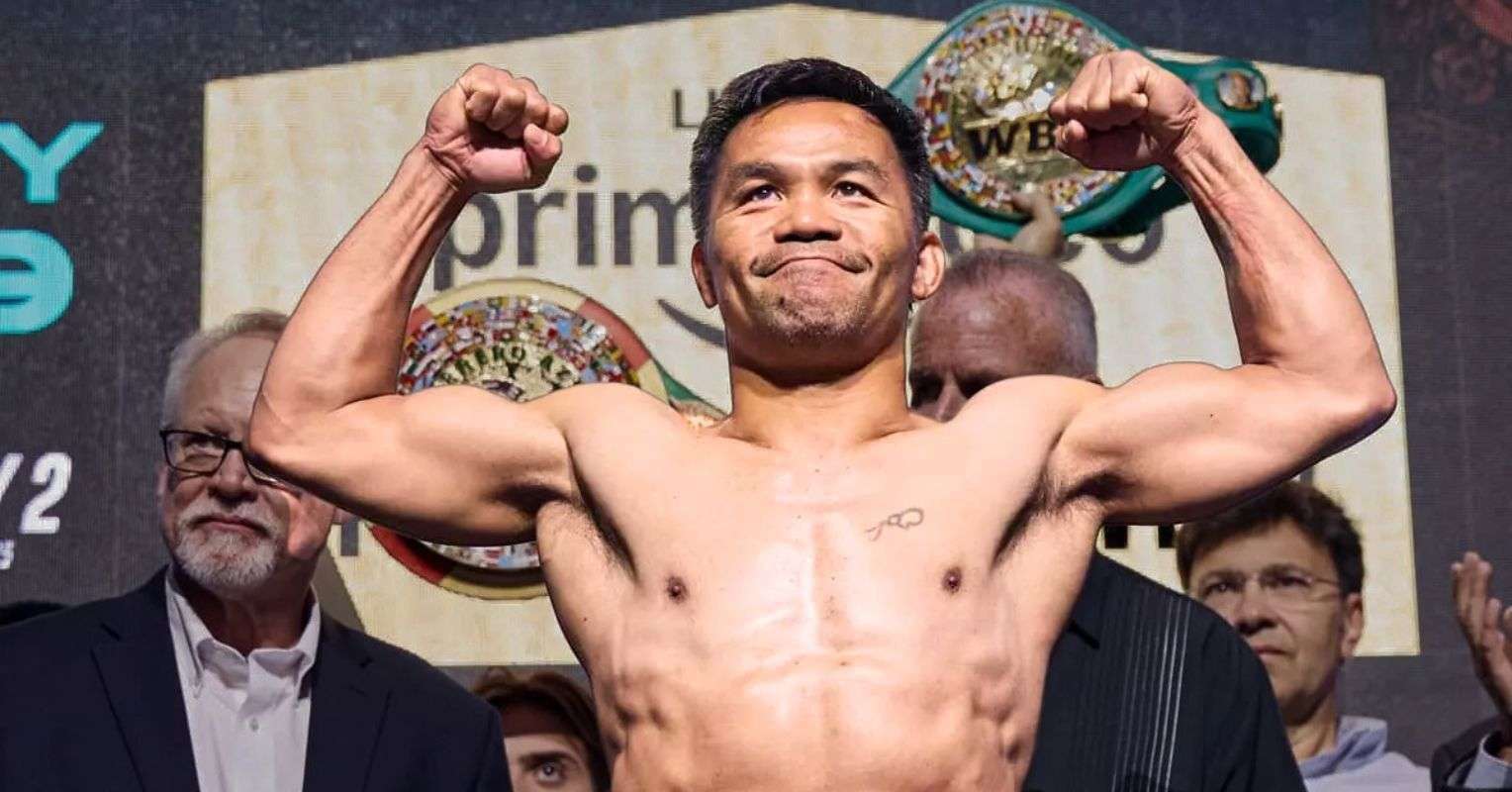Nineteen fifty-one was a big year in many ways, across the cultural landscape. That year saw the introduction of colour television in the US, the first use of the term “rock ‘n’ roll”, and the premiere of I Love Lucy on CBS. The contraceptive pill was in development. The Catcher In The Rye was published. In cinemas you could go and see the Disney adaptation of Alice and Wonderland and the landmark sci-fi movie, The Day The Earth Stood Still.
In boxing, it sometimes felt like one man could make the Earth stand still when he fought, and he captured the fans in his own Wonderland. Sugar Ray Robinson had many astonishing years. But even by his incredible standards, 1951 was quite an annum.
As he was putting the Christmas decorations away at the end of 1950, Robinson was welterweight champion of the world. As he was getting the tinsel back out again as 1951 came to a close, Ray was the middleweight champ. What happened in between was extraordinary. He was victorious in a fight forever known as the St. Valentine’s Day Massacre, he went on a European tour, fighting in locations such as Torino, Zurich, Antwerp, and Paris. He had one fight where his purse totalled one Franc, and another where the referee initially disqualified Ray on a foul, saying that he just wanted to get out of the ring alive. He also lost and regained the middleweight crown in the space of 64 days.
Has anyone ever had a year like Sugar Ray in ’51?
At the start of 1951, Ray Robinson was 29 years old and had been a professional 11 years, with 120 victories to his name, against just a solitary defeat. He was to step through the ropes 11 times during the year that followed; a remarkable figure by today’s standards, but commonplace in those days.
The challenge for Jake LaMotta’s middleweight crown on February 14 would be their sixth and final meeting. Although Ray had triumphed on points in four of the previous five, the “Bronx Bull” had been the man to inflict the sole defeat on Sugar’s record. After a tough start, Ray was ahead on all three scorecards at the time of the stoppage in the 13th round. Unless your name was Billy Fox, a win over the “Bronx Bull” was never going to be easy to come by.
Mickey Walker and Henry Armstrong had both been previous welterweight champs who had tried and failed to capture the middleweight crown. Sugar Ray became the first man to achieve this feat. Maybe he was aided by his habit of drinking beef blood. LaMotta saw Robinson down a glass at a restaurant, with Ray claiming he had been drinking it for years, on the advice of Joe Louis’s trainer, Chappie Blackburn.
Following the titanic battle, Red Smith, in the New York Herald Tribune, wrote that, “the greatest fist fighter in the world was the middleweight champion of the world, and one of the toughest had suffered the first believable knockout of his life. Jake LaMotta was slugged, tortured, flayed, bloodied, and bludgeoned tonight by a better fighter.”
Robinson immediately relinquished the welterweight crown and after recovering from a virus, was back in the ring in a non-title 10 rounder again Holly Mills on April 5. Despite gaining the points win, it was a lacklustre display, which Robinson blamed on the aftereffects of the illness. It didn’t stop him being back in the ring only five days later against Don Ellis in Oklahoma City. No excuses were needed this time, as Ellis was stopped in just 96 seconds.
Robinson was probably keen on an early finish to concentrate on packing his suitcases for his European adventure.
Just a few weeks later, on May 21, in front of a crowd of 6,000 in Paris, Robinson stopped Kid Marcel in five rounds. Ray earned the princely sum of one franc for his efforts, endearing himself to the locals by donating the remainder of his purse to a cancer charity.
Around this time, George Gainford, Robinson’s manager, was in discussion with promoter Jack Solomons. Gainford’s initial demand for a purse of $100,000 for Ray to defend against British middleweight Randy Turpin proved to be a stumbling block. Solomans later came back and agreed to the financial demands but insisted that the bout go ahead on July 10. Robinson was happy with the financial terms, but the proposed date would be only nine days after his sixth and final bout on his jaunt around mainland Europe. Ray expected to make light work of these non-title fights, but was this asking too much, even for the Sugar man?
Generally, they did prove to be routine bouts, though hardly without incident. Only five days after the Kid Marcel fight, he was back in the ring against Jean Wanes (French for John Wayne?) in Zurich. Wanes survived to hear the final bell, but only after climbing off the canvas five times.
In Antwerp on June 10, Ray’s Dutch opponent, Jan De Bruin, was declared the loser by TKO after he walked out of the ring claiming that Robinson was not trying hard enough. Ray wanted to get rounds under his belt in preparation for the proposed Turpin fight, De Bruin seemingly just wanted to get belted. If there wasn’t a headline somewhere that read, “De Bruin’s career in ruins”, it would be a terrible shame.
Ray gave another referee more counting practice as he floored Jean Walzack six times in Liege, Belgium only six days later, en route to a sixth-round stoppage. Walzack had lost his previous 10 fights and never stepped foot in the ring again.
Next stop Berlin and opponent Gerhard Hecht in front of a crowd of 30,000. By the second round, the German had been on the floor twice, allegedly from kidney punches. Riots broke out and initially Ray was disqualified, being forced to take refuge under the ring for several minutes to avoid being hit by flying beer bottles. He had to be escorted to safety by police. Later the result was changed to a No Contest.
A more appreciative crowd was waiting for Robinson in Torino on July 1 to see him stop Cyrille Delannoit in three rounds, before Ray, along with 100 pieces of luggage and his Cadillac, could head across the channel to England and the much greater challenge of Randy Turpin.
Robinson was not prepared for the test that the British middleweight would bring. In his biography of Robinson, Sweet Thunder: The Life and Times of Sugar Ray Robinson, author Wil Haygood quotes Gordon Parks, who was travelling with Sugar Ray at the time: “There were no workouts. Sugar Ray played golf through the days, and at card tables late into the nights.”
Along with this from Ben Phlagar, a photographer observing the champ: “Robinson slept late, amused himself at the piano during the morning and took a long walk this afternoon.”
British fight fans were eager to see Robinson against Turpin, ensuring that the 18,000-seat venue was sold out in two days. It was soon obvious that Robinson’s lack of preparation and Turpin’s quality would spell danger for the champion.
John Jarrett, in his book, The Sugar Ray Robinson Story: Boxing’s Comeback King, writes, “Three minutes into this 15-round fight and Sugar Ray already knew he had left his fight on the boulevards of Paris, left it in the continental bistros of Zurich, Antwerp, Liege and Turin, left it on the road through five countries, six fights in 41 days. And now, just nine days later, he was in another country, in another ring, with a heavy-handed 23-year-old who wanted his championship.”
At the end of the 15-round contest, the Associated Press scorecard gave Robinson four rounds, with nine to Randy, with two even, reporting that Turpin, “bored in from the start, to outpunch, outbox and outsmart the overwhelming favourite.”
Robinson, who suffered a cut on the left eyebrow in the seventh round, was “soundly whipped” by the Englishman, but would have the opportunity for revenge in a return bout on September 12 back on home turf at the Polo Grounds in New York.
Sugar Ray took his second career defeat in sporting fashion, simply claiming, “He was better than I was.”
After a couple of weeks recuperating in the warmth of the south of France, Ray headed home to prepare for the return. 61,000 people paid record gate receipts for a fight below heavyweight to see what Grantland Rice described as a contest between “Robinson’s skill and experience against Turpin’s youth, power and stamina”.
The fight turned on a clash of heads in the 10th round that left Robinson again bleeding from his left eye. Fearing the fight may be stopped as a result of the cut and being declared the loser, Ray opened up, landing a ferocious right that dumped Turpin on the canvas. He was up and waved on after a count of nine from referee, Ruby Goldstein, but the arbiter stepped in seconds later following a barrage of punches from Sugar Ray. Up to that point the fight had been in the balance on the scorecards, but despite protests from the Englishman and his supporters, Robinson had brought the donnybrook to a dramatic conclusion.
Joe Williams, reporting at the time, wrote that it was, “very likely the hardest blow Robinson ever has landed in the ring. It turned Turpin’s head as if on a swivel. His eyes seemed about to pop from his head.”
And with that, Sugar Ray Robinson was champion again. He would, of course, have many more highs and lows in his storied, majestic career; boxing for another 14 years until finally calling it a day for good in 1965. There would be other great punches, other great fights and other great years. Along with some not-so-great ones.
But there was something special about 1951. The “Bronx Bull” stoppage, becoming a two-weight world champion, a pink Cadillac crossing continents and oceans, adulation in France, riots in Germany, fights just days apart in different countries, mobbed by fans in London, loaning the title out for 64 days, and a triumphant victory at the Polo Grounds.
The Best Picture winner at the Oscars that year was An American In Paris, starring Gene Kelly. For boxing fans though, there was only one American that mattered in Paris, in Italy, in Germany, Austria, the UK, and then back in the US. That was Ray Robinson. Sugar Ray could dazzle with his fists as well as his feet.
Has anyone ever had a year like Sugar Ray in ’51?




